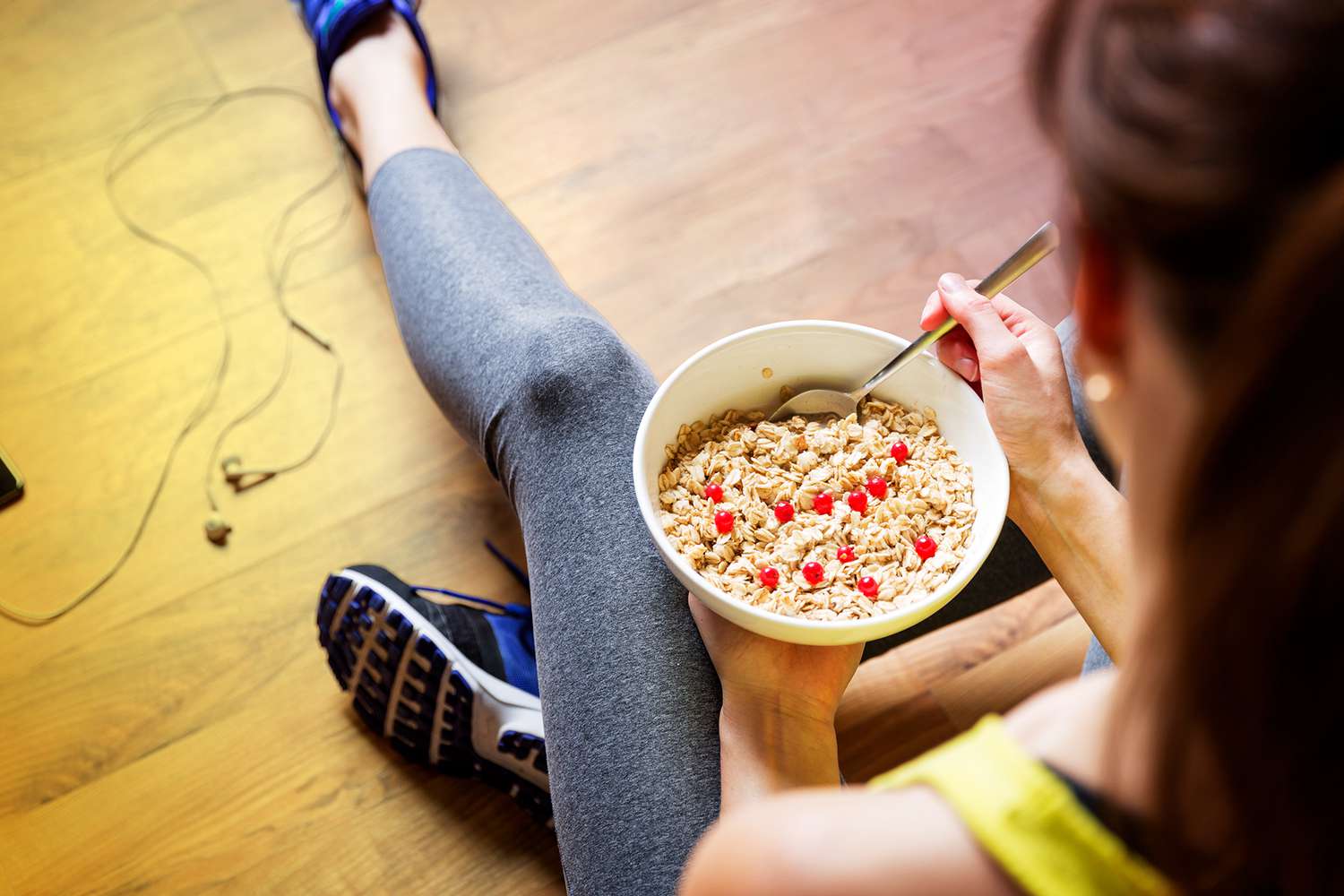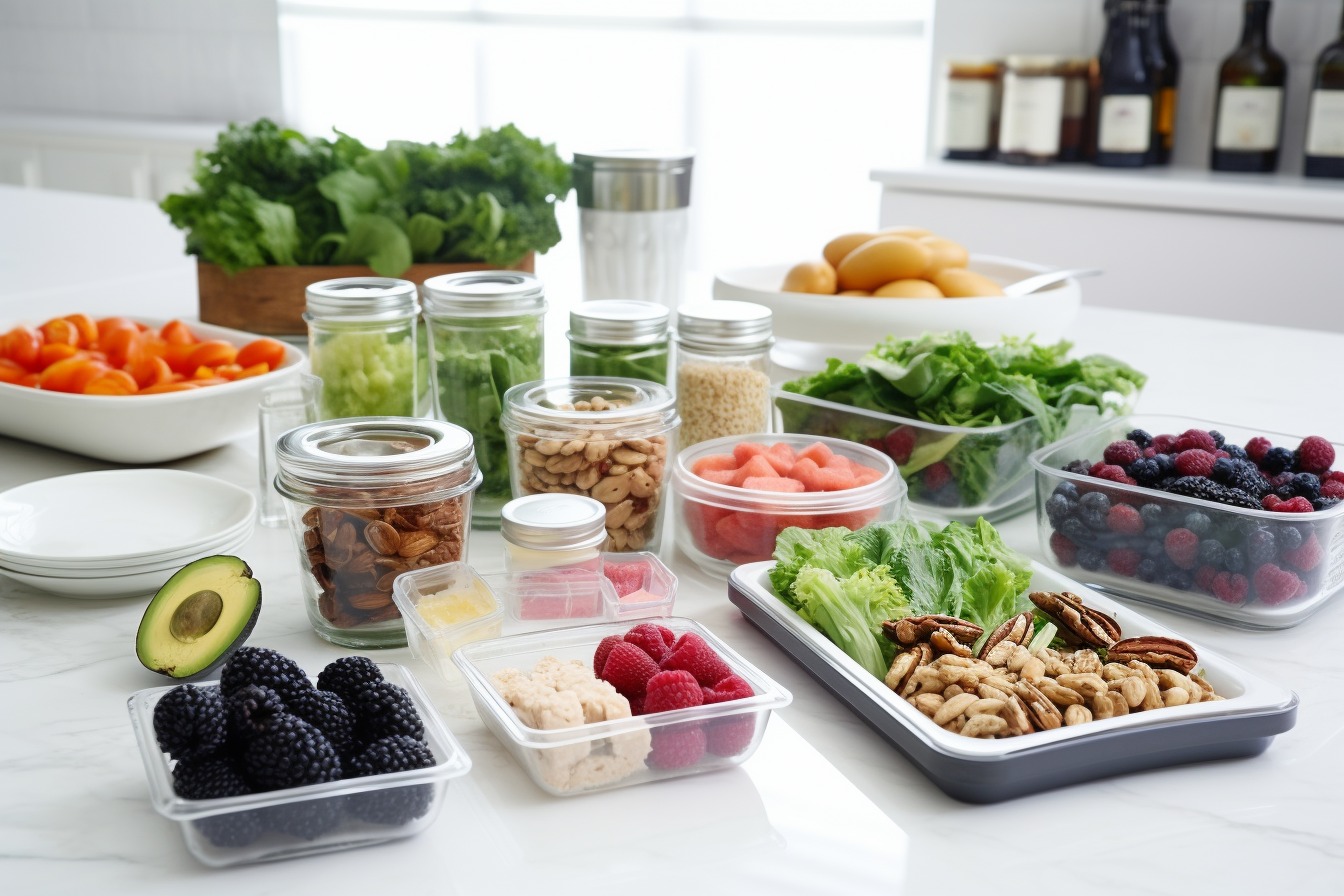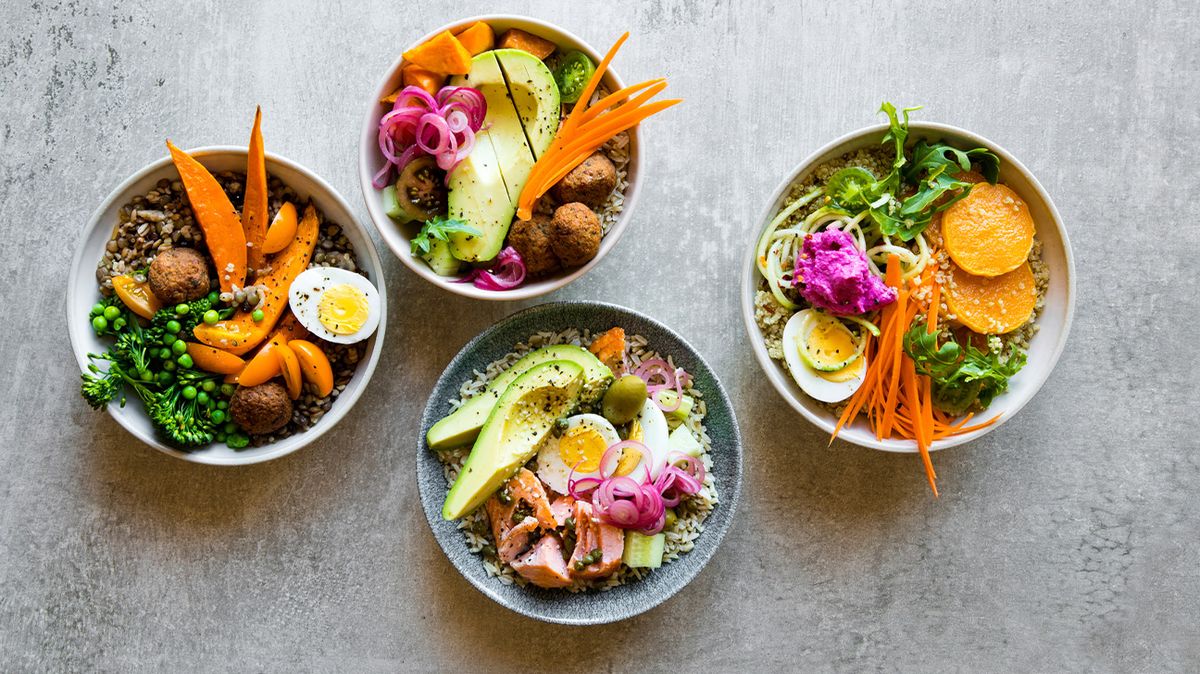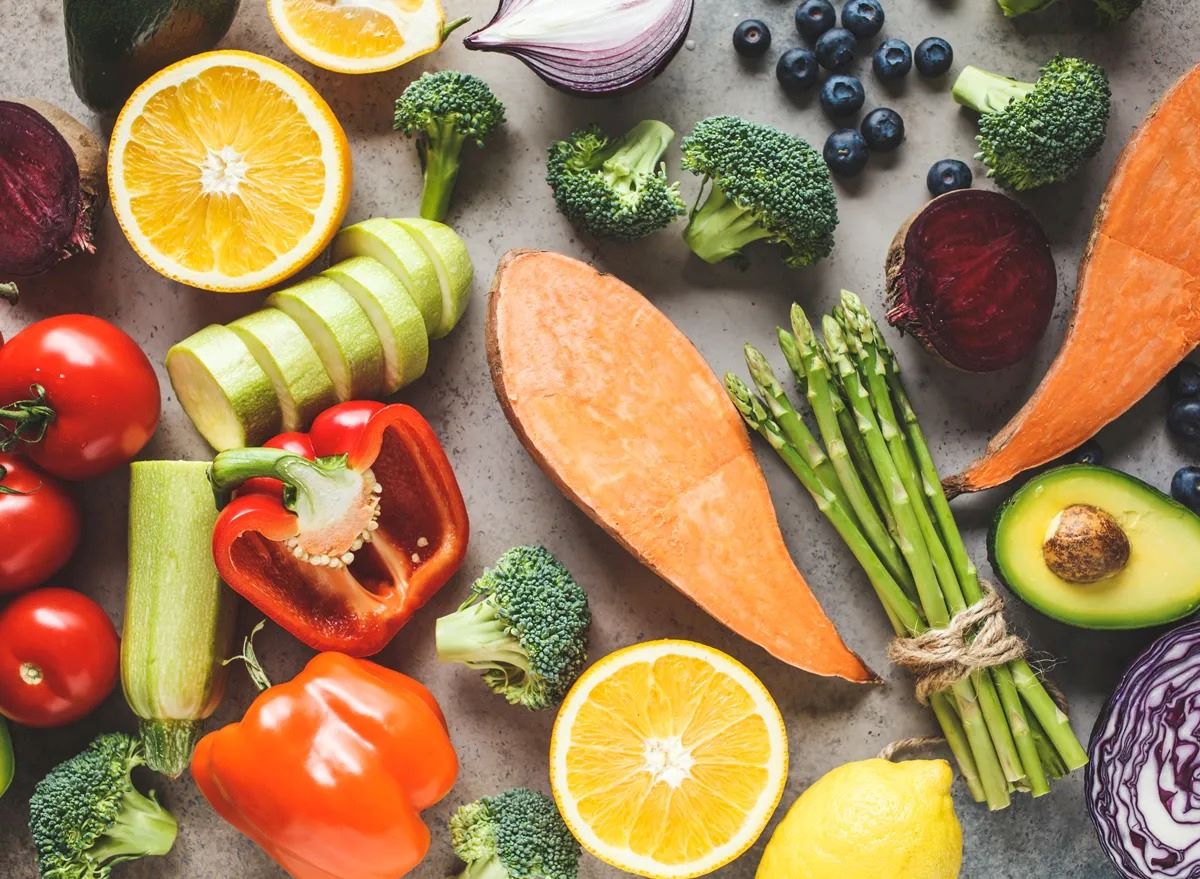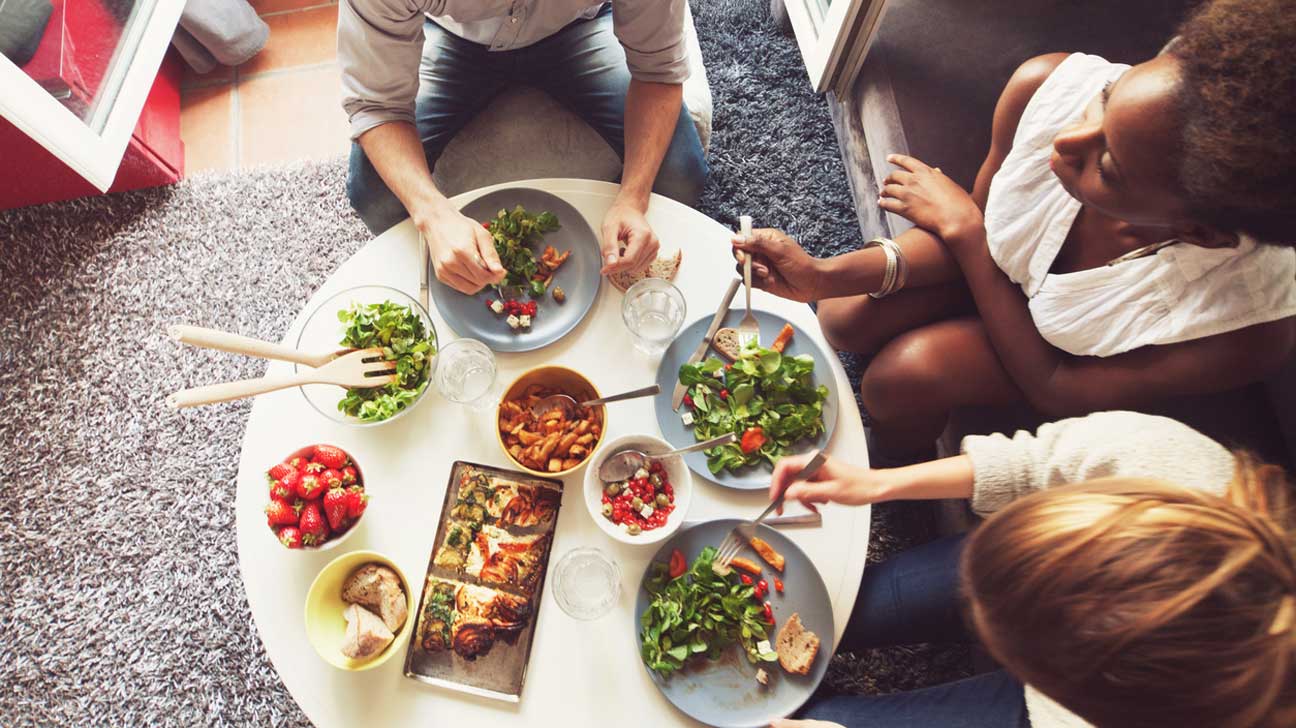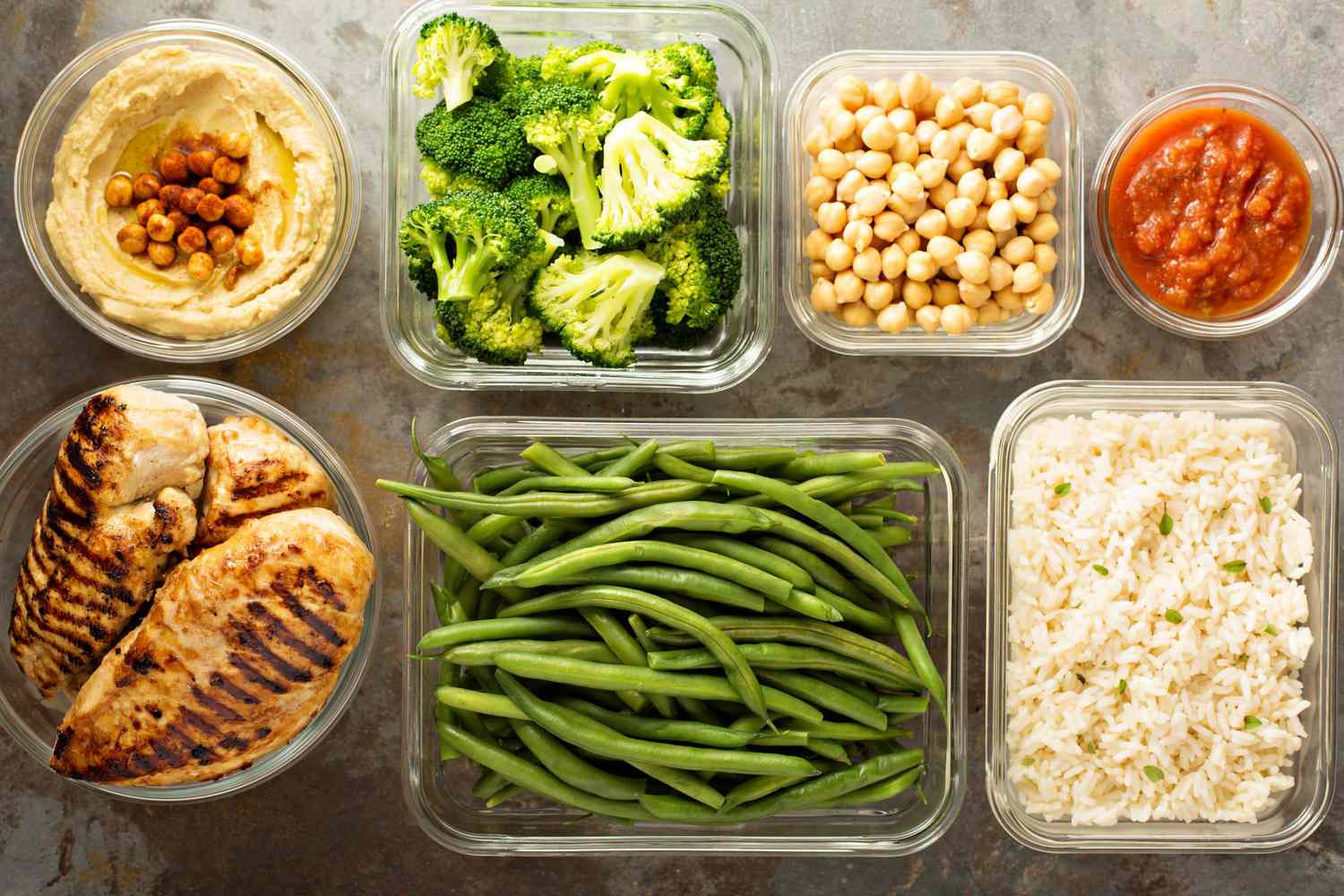Healthy Eating for Weight Loss
When it comes to losing weight and improving your overall health, what you eat plays a crucial role. By making smart food choices and adopting healthy eating habits, you can achieve your weight loss goals and feel great at the same time. Here are some tips on how to eat to lose weight and be healthy:
Focus on Whole Foods
Whole foods are those that are as close to their natural state as possible. This includes fruits, vegetables, whole grains, lean proteins, and healthy fats. By prioritizing these foods, you can ensure that you’re getting essential nutrients without added sugars, preservatives, and unhealthy fats.
Portion Control
Portion control is key when it comes to weight loss. Even healthy foods can contribute to weight gain if consumed in large quantities. Be mindful of your portion sizes and try using smaller plates to help control your portions without feeling deprived.
Stay Hydrated
Drinking plenty of water is essential for overall health and can also support weight loss. Sometimes, feelings of hunger are actually signs of dehydration. By staying hydrated, you can avoid unnecessary snacking and support your body’s natural detoxification processes.
Limit Processed Foods
Processed foods are often high in added sugars, unhealthy fats, and empty calories. By reducing your intake of processed foods such as sugary snacks, fast food, and sugary drinks, you can cut down on your overall calorie intake and improve your nutritional intake.
Include Protein in Every Meal
Protein is essential for maintaining muscle mass and supporting weight loss. Including a source of protein in every meal can help you feel fuller for longer and prevent overeating. Good sources of protein include lean meats, fish, eggs, dairy products, legumes, and nuts.
Embrace Healthy Fats
Not all fats are created equal. Healthy fats such as those found in avocados, nuts, seeds, and olive oil can support heart health and help you feel satisfied after meals. Including these healthy fats in your diet can also improve the absorption of fat-soluble vitamins.
Plan and Prepare Meals
Meal planning and preparation can help you make healthier choices and avoid the temptation of fast food or unhealthy snacks. By preparing meals in advance, you can ensure that you have nutritious options readily available when hunger strikes.
Listen to Your Body
Mindful eating involves paying attention to your body’s hunger and fullness cues. By eating slowly and savoring your food, you can better recognize when you’re satisfied and avoid overeating. This can also help you develop a healthier relationship with food.
Be Mindful of Emotional Eating
Many people turn to food for comfort or as a way to cope with stress. Emotional eating can sabotage your weight loss efforts and lead to unhealthy eating habits. Finding alternative ways to manage stress and emotions, such as exercise or meditation, can help break this cycle.
Seek Professional Guidance
If you’re struggling to lose weight or make healthy food choices, consider seeking guidance from a registered dietitian or nutritionist. These professionals can provide personalized recommendations and support to help you reach your weight loss and health goals.
By incorporating these tips into your daily routine, you can eat to lose weight and be healthy. Remember, small changes can lead to big results when it comes to improving your eating habits and achieving a healthier weight.
